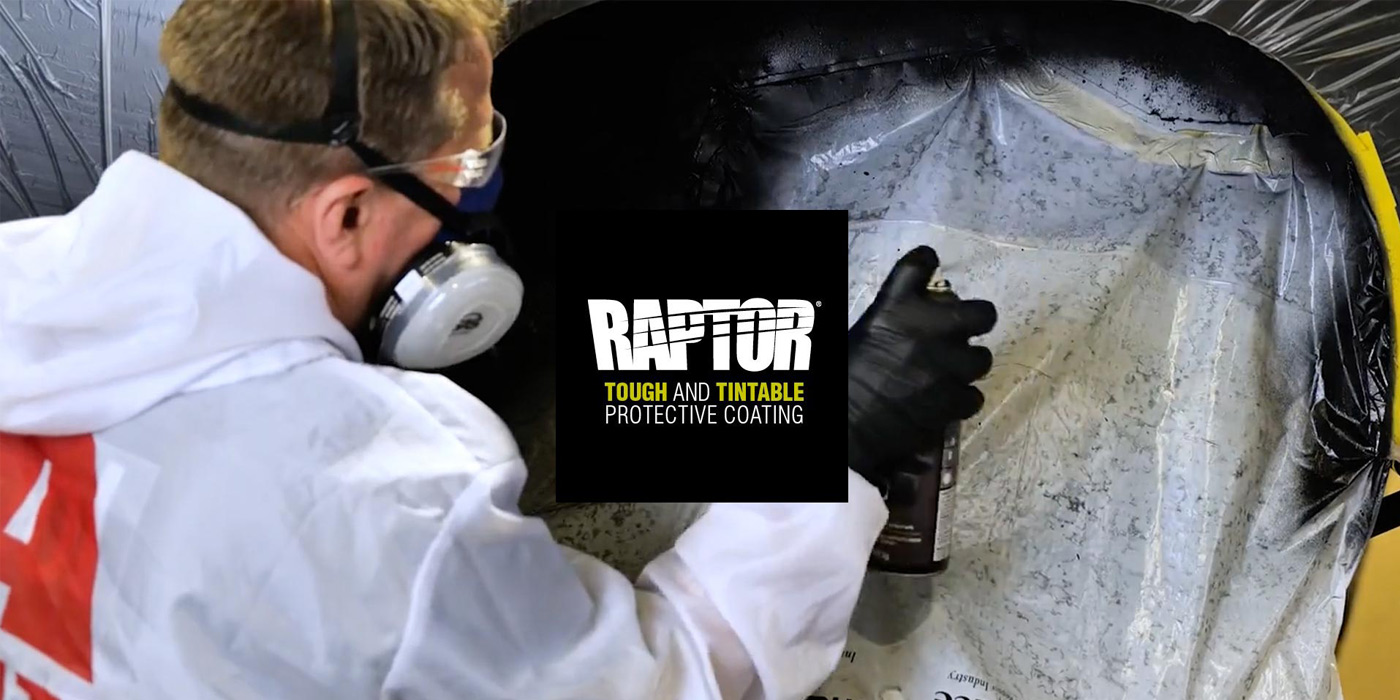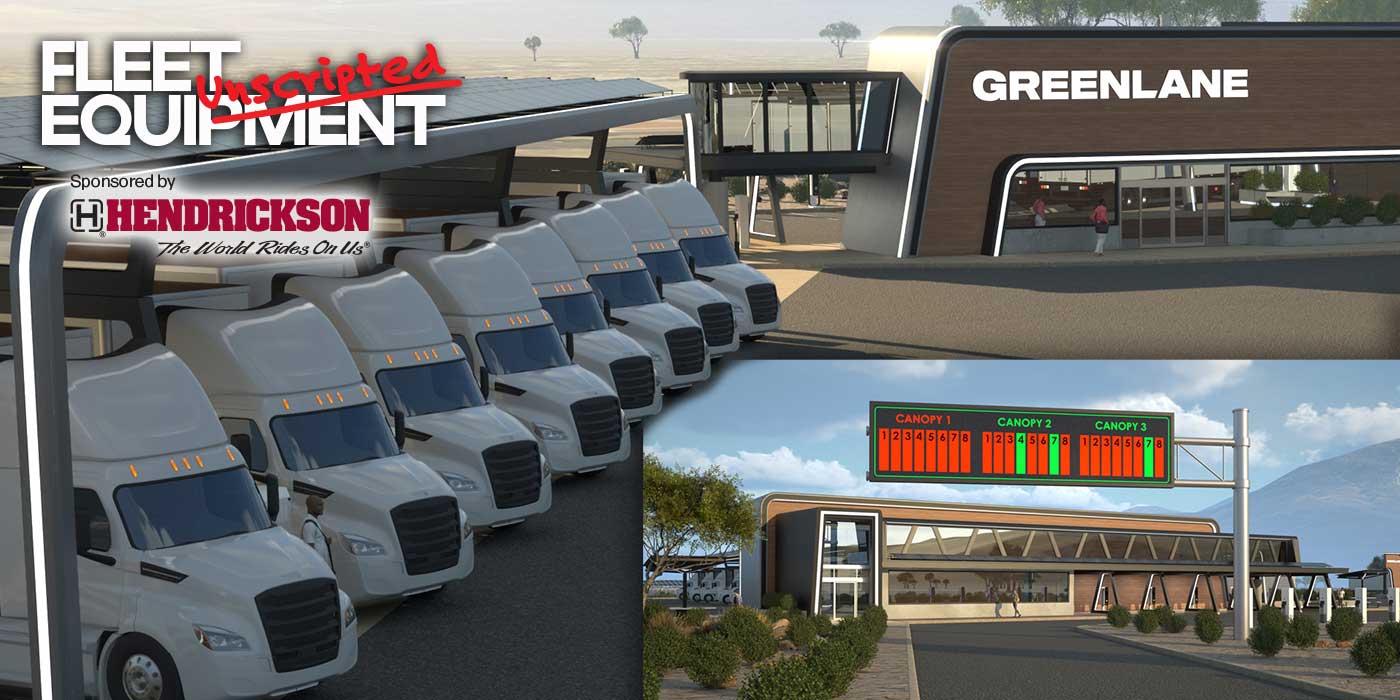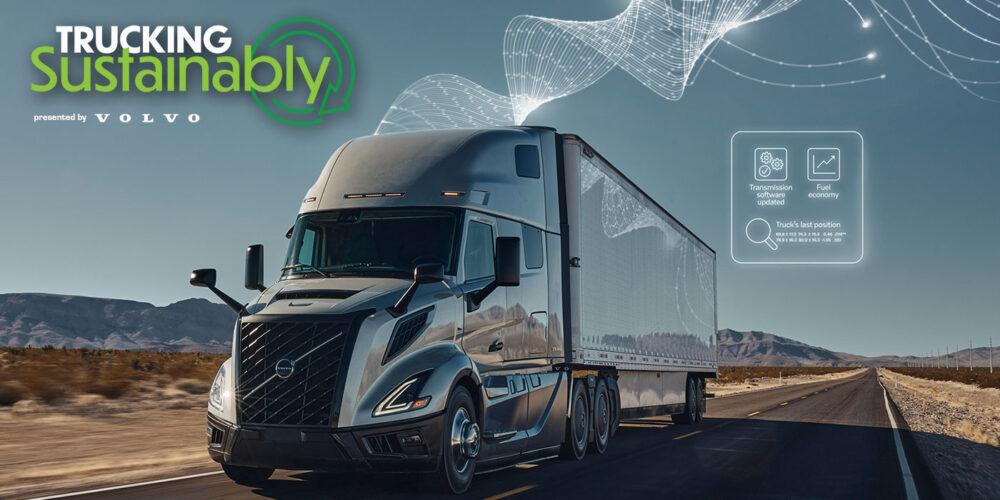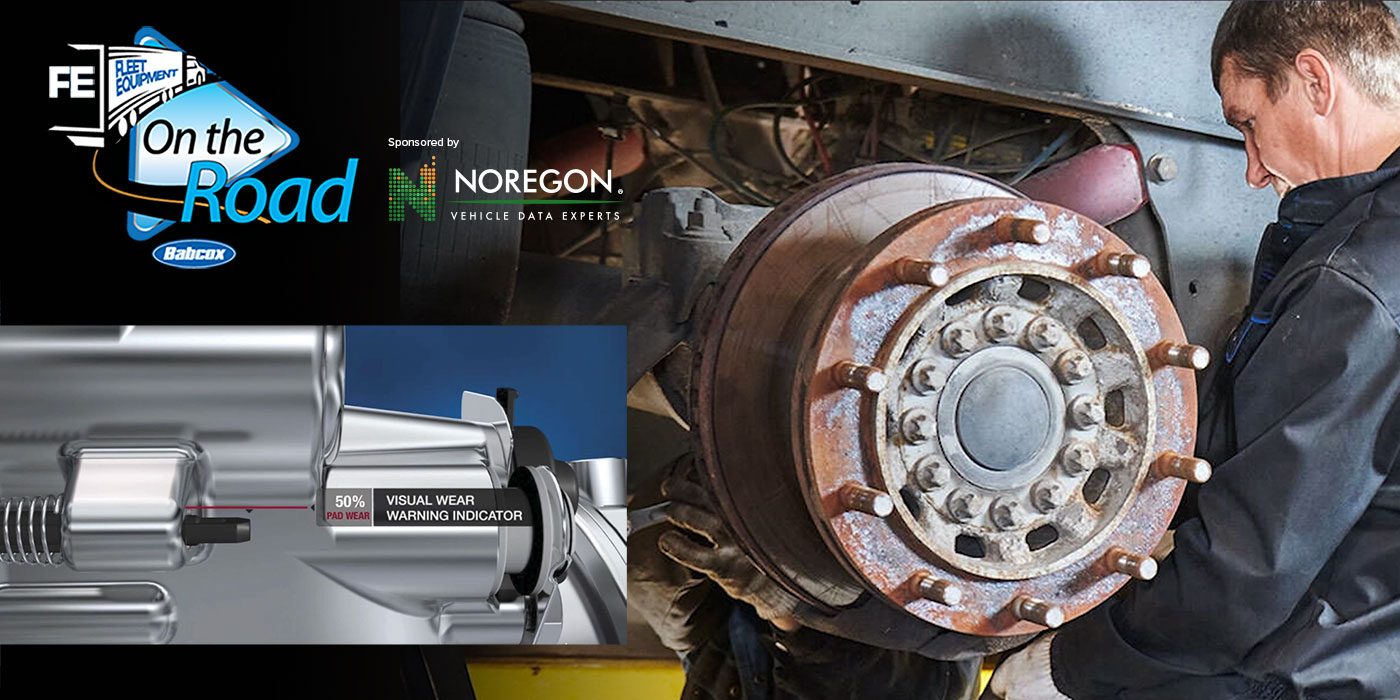There are some cliché idioms that we’ve said for so long that the original meaning is muddied over time or lost to history, but retain their place in day-to-day conversations. For example, “bite the bullet” was first coined in the late 1800’s and is historically derived from a pre-anesthetic medical practice where a patient would literally clench down on a bullet as a way to cope with pain from a procedure; now it just means to get a tedious task done.
Some however still make sense and don’t require such explanation. One such phrase is “Pump the brakes,” which we’ve all heard in both literal and figurative contexts, yet the meaning remains consistent: “Slow down.” This idiom remains as relevant and self-explanatory as ever, standing the test of time… well, for now.
For fleet drivers, as well as any driver, this technique proves invaluable for safely slowing down vehicles in challenging conditions like icy or slippery roads. However, with the advancement of engine brake technology in heavy-duty applications, achieving reduced speeds doesn’t even necessitate using the brake pedal.
Instead of only producing power, engine braking transforms the engine into an air compressor that slows down the vehicle. By doing this, it helps to reduce vehicle speed through the drive wheels without relying on the regular brakes. As a result, there is less wear and tear on the brakes, reducing the need for frequent brake-related maintenance and service. This not only saves money but also lowers the total cost of ownership.
But that’s not all! According to Gabe Roberts, director of product development with Cummins Valvetrain Technologies (formerly Jacobs Vehicle Systems), using engine brakes can also boost fuel efficiency. So not only do you save on maintenance costs, but you may also cut down on fuel consumption by using engine brakes. It’s a win-win situation; but how does it do this?
“I think most drivers are familiar with the three-position switch that they use on the truck—three different levels of engine braking. They’re going into a hill, they’re setting the different level, and if the truck gets away from them, they increase the retarding level. If the truck is going too slow, they’ll decrease the retarding level. So that’s the manual setting,” Roberts said.
“I would say the best way to improve it is to use cruise control,” he continued. “Most OEMs today have programmed the engine brake control for infinite control into the cruise control system. So not only going positive power, not only going up the hill on flat land, but also going down the hill. And what they do is they modulate the boost control of the engine. They modulate the air handling system, the turbo specifically, so that you get infinite control of the engine brake.
“By reducing the amount of time that the engine is separated from the transmission, you can reduce the amount of slump or vehicle speed slump that it has. So if the vehicle speed stays higher, then you have to use less fuel to be able to come up to that speed. And of course, the truck uses less fuel and is more fuel efficient.”
I gave a brief rundown, but I’m not the engine brake pro. Here’s Roberts with an in-depth look as to how the technology works in your trucks:
“You have an intake, you have a compression stroke, and at the very top of the compression stroke, we open the exhaust valve just a little bit, a couple millimeters, to take all the compressed energy and exhaust it into the tailpipe, out of the engine, out of the power cylinder,” he said. “What happens is you’re generating a lot of retarding performance on the compression stroke by compressing the gas.
“By compressing the gas, you’re slowing the crankshaft down,” he continued. “You slow the crankshaft down, normally that compressed energy is returned to the crankshaft during the expansion stroke. That’s usually when you inject fuel. But there’s no fuel being injected in engine braking mode, so you compress the gas and then it returns to the crankshaft during the expansion stroke. And what we do is we take that compressed energy, we exhaust it, so very little energy is returned to the crankshaft during the expansion stroke. It creates a negative net torque on the crankshaft, which then slows the engine down.”
We all know that any technology inevitably comes with maintenance. While you may not have as much to worry about with your truck’s braking system, should any additional maintenance intervals be implemented into truck engine servicing due to downspeeding capabilities?
“The only maintenance that’s required for an engine brake system is the occasional reset of lash for the engine brake,” Roberts said. “And the lash interval for the engine brake is the same as the rest of the engine, the intake, the exhaust, and the engine brake. They have the same latch set intervals. So when an operator or a maintenance technician is resetting the lash of the valve train, they reset the engine brake just like they reset the other main event levers in there. And with the new advanced engine brake system, it’s the same thing. They don’t have any additional maintenance requirements. You’re just resetting the lash.”
Who knows: with the adoption of engine braking technology, we might find ourselves having to explain the true meaning of “‘”pump the brakes”‘” to future generations. As this advanced braking system becomes more prevalent, the traditional act of physically pumping the brakes could become an unfamiliar concept to drivers of the future.













